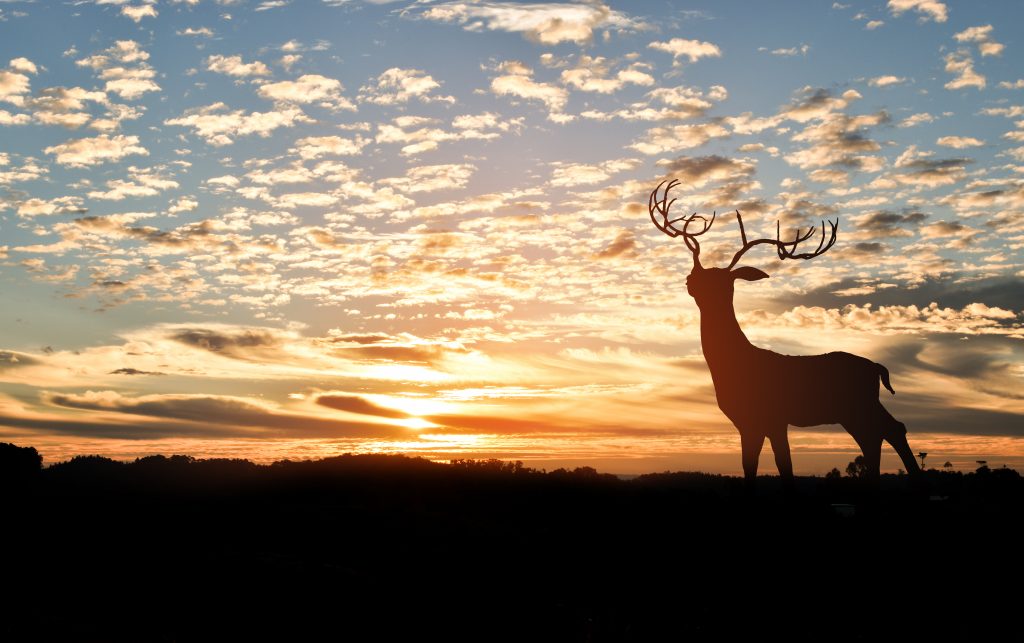
Now, as many Native people are decolonizing history, or dismantling Western ideologies while revitalizing Native spiritual practices, customs, and livelihoods, they are recognizing that exploring traditional subsistence methods is a positive way to restore their personal resilience and well-being.
As an example, Native families in many tribes may gather wild herbs for tea, cuisine, salves (skin treatment with oils and wax), tinctures (herbal extracts), and even insect repellent. Berries (such as tundra blueberries and salmon berries) continue to be a popular choice in Alaska for akutaq (traditional food made of berries or meat mixed with fat) and other dishes. Hunting and fishing efforts are still ongoing in many communities. Fishing has commercial value in coastal tribes. Some reservations make allowances for tribal members to hunt, fish and gather, such as in the Muckleshoot Tribe of Washington. People in Utqiagvik (formerly Barrow) still hunt for bowhead whales and beluga to prepare muktuk (blubber strips) each year; one whale can supplement an entire village with muktuk.

Native Americans in the American Southwest have been present for as far back as 7,000 years. Many tribes there hunted mule deer, buffalo, big horn sheep, and elk. Small game included turkey, fish, and prairie dogs. Wild pickings were made up of plant-based food like pine nuts, sumac berries, wild onions, and cacti. Even insects like roasted cicadas made for a crunchy snack in warmer weather. Hunting is less common in the Southwest now, but much of the herb gathering continues, especially for sage, cedar, yucca, cacti, and pine nuts.
Many Native American families who grew up hunting and gathering found it to be enjoyable, sustainable and more cost-effective than purchasing groceries while residing in “food deserts,” where grocery stores are located far away from communities, resulting in a lowered access to foods with better nutrition, with effects that include malnutrition and obesity. In some isolated communities in Alaska, the cost of shipping food via plane raises the cost of the food itself and can be hard on the wallet. For a family in a rural area, shopping for healthy food may involve a long car trip.
Subsistence has also proven valuable to feeling a certain strength and pride in one’s culture. One Yup’ik tribal member, Savannah Hishon-Okakok, commented, “I can’t imagine what life would be like if I didn’t have any ties to my heritage–like, what would life be like if I never ate some of our foods or practiced any of the traditions.” Continuing to build on these experiences and keep youth involved has been an ongoing directive for many tribes. Subsistence values can start at home with family, at school with community, in a garden, or in the wilderness.
